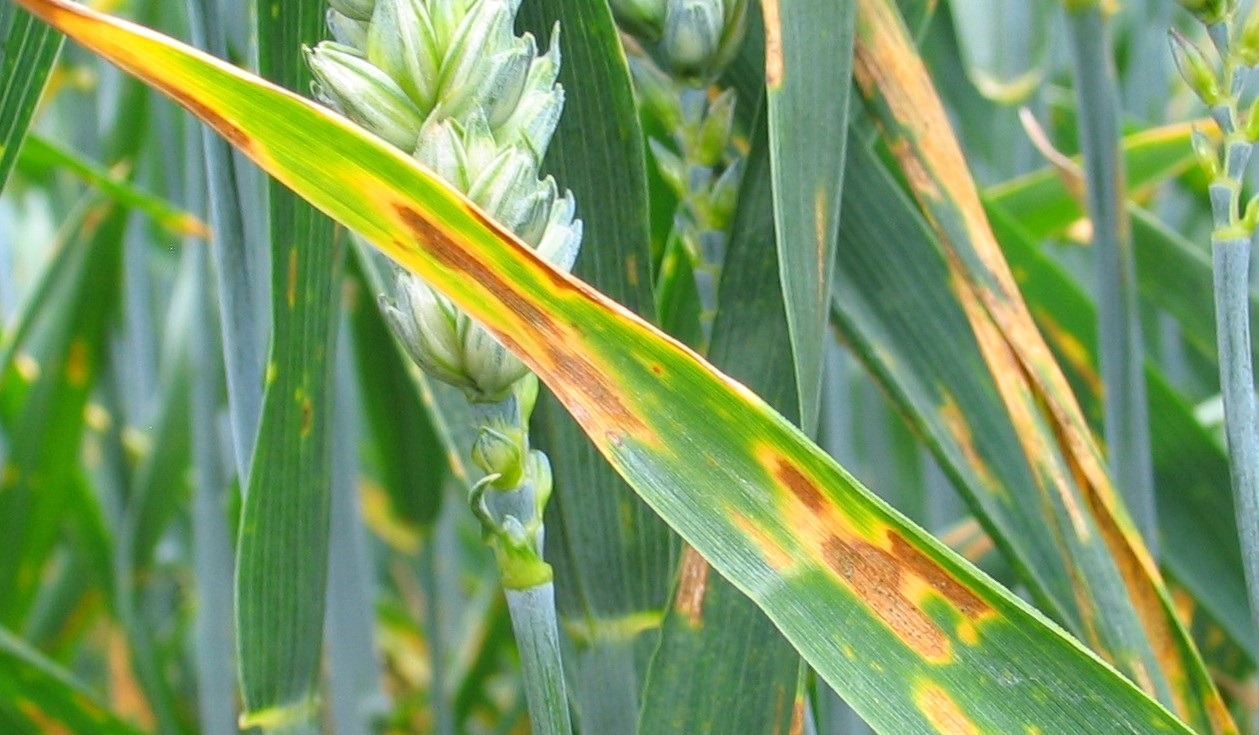
A new mutation in UK septoria populations, that could have implications for SDHI efficacy, has been detected at a field site in southern England.
The isolates, which carry the same mutation as detected in Ireland in 2015, were discovered as part of an AHDB Cereals & Oilseeds monitoring project led by Rothamsted Research.
In 2015, wheat leaf samples were collected from 12 sites across the UK.
From the samples, 1,168 septoria isolates were isolated and tested for fungicide sensitivity in the laboratory.
One site in southern England yielded 144 isolates and two of these were classified as having medium to high resistance to SDHI fungicides.
Subsequently, the two isolates were confirmed as having the Sdh C-H152R mutation which affects SDHI target site genes.
The mutation makes septoria isolates significantly less sensitive to SDHI chemistry. It the first instance of its occurrence in a UK isolate.
Sdh C-H152R was first identified in samples taken in Ireland by Teagasc in 2015.
Laboratory tests, reported by Teagasc, found that isolates with the Sdh C-H152R mutation survived up to 100 times the concentration of SDHI fungicides compared to the most insensitive isolates found in previous years.
Lead researcher on the project, Bart Fraaije of Rothamsted Research, said: “As these isolates display a higher resistance factor, it has a greater potential to spread in field populations under SDHI fungicide selection pressure than previously reported mutations.
“In the coming season, we will be using rapid molecular tools to monitor septoria isolates in the field to determine if the new mutant isolate is spreading.”
AHDB Research Manager Paul Gosling, who is responsible for work on fungicides, said: “The full implications of this discovery are as yet unknown. The frequency of the isolate was low at this site and so field performance in 2016 is unlikely to be impacted.
“Additionally, some mutations carry a significant fitness penalty for the pathogen, meaning that it spreads only slowly or not at all.
“However, it is a timely warning for growers ahead of the 2016 spraying season that the threat from fungicide resistance must be taken seriously and all appropriate resistance management strategies must be deployed in the field.”
